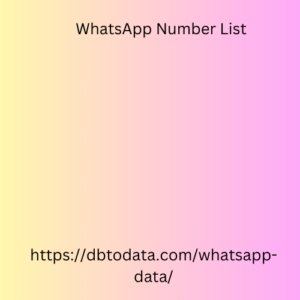Understanding the Fundamentals of Email Addresses
In the digital age, email has become an essential mode of communication. Whether you’re applying for a job, communicating with friends and family, or conducting business, having a reliable email address is crucial. But what exactly is an email address, and how do you go about obtaining one?
An email address is a unique identifier that allows you to send and receive electronic messages over the internet. It typically consists of two main parts: a local part (the username) and a domain part (the email service provider). For example, in the email address the local part is “example,” and the domain part is “example.com.”
The local part of an email address is the part that comes before the “@” symbol and is usually chosen by the user. The domain part, on the other hand, is the part that comes after the “@” symbol and is determined by the email service provider you choose.
There are a wide variety of email service providers available, each with its own unique features and capabilities. Some of the most popular email providers include Gmail, Yahoo Mail, Outlook.com, and iCloud. Each of these providers offers free email accounts, as well as paid plans with additional features and storage space.
Title 2: Choosing the Right Email Service Provider
When it comes to selecting an uk whatsapp number email service provider, there are several factors to consider. Here are some key things to keep in mind:
Ease of Use
The email service you choose should Bolivia WhatsApp numbers be user-friendly and intuitive. Look for a provider that offers a clean, organized interface and easy-to-navigate features.
Storage Capacity
Consider how much storage space you’ll need for your emails and attachments. Free email accounts often come with limited storage, so if you anticipate sending and receiving a lot of emails, you may want to opt for a paid plan with more storage.
Security and Privacy
Email security is essential, especially if you’ll be sending sensitive information. Look for a provider that offers robust security features, such as two-factor authentication and encryption.
Integrations and Features
Depending on your needs, you may want an email service that integrates with other tools and platforms, such as calendars, task managers, or productivity apps. Some providers also offer advanced features like email scheduling, templates, and spam filtering.
Reputation and Reliability
Choose an email service provider with a strong reputation for reliability and customer service. Look for reviews and ratings from other users to get a sense of the provider’s performance.
Cost
While many email providers offer free accounts, you may want to consider a paid plan if you need more advanced features or storage. Evaluate the cost of the different plans and weigh the benefits against your needs.
Title 3: Creating and Managing Your Email Address
Once you’ve chosen an email service provider, it’s time to create your email address. Here’s a step-by-step guide:
- Visit the email service provider’s website: Go to the website of the email service provider you’ve selected, such as Gmail.com, Yahoo.com, or Outlook.com.
- Click on the “Sign Up” or “Create Account” button: Look for a button or link that allows you to create a new email account.
- Enter your personal information: You’ll typically be asked to provide your name, date of birth, and other basic information.
- Choose your email address: This is where you’ll select the local part of your email address. Try to choose a username that is unique, professional, and easy to remember.
- Set a strong password: Choose a secure password that is at least 8 characters long and includes a mix of uppercase and lowercase letters, numbers, and symbols.
- Verify your email address: Most providers will send a verification code or link to the email address you provided, which you’ll need to enter or click to complete the registration process.
Once your email account is set up, it’s important to manage it effectively. Here are some tips:
- Check your email regularly: Make a habit of checking your inbox at least once or twice a day to stay on top of your communications.
- Organize your emails: Use folders, labels, or filters to keep your inbox organized and easy to navigate.
- Prioritize important emails: Identify and respond to time-sensitive or important messages first.

